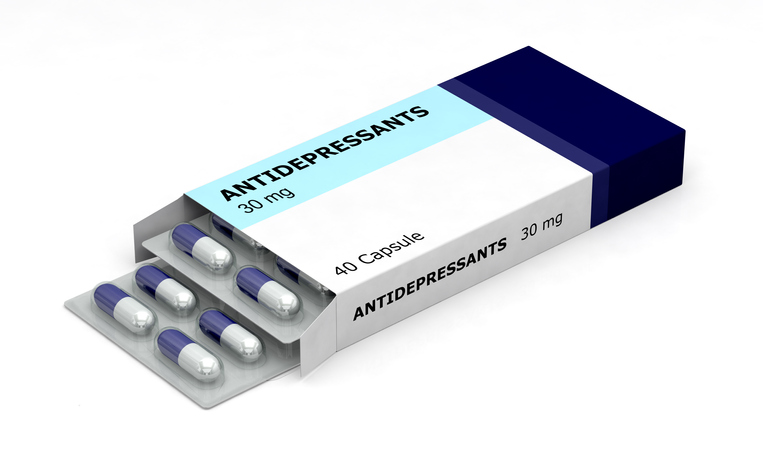Treatments
Driving While Using Cannabis

What is cannabis?
Cannabis is derived from the Cannabis sativa plant. It contains approximately 100 natural compounds called cannabinoids. There are two main cannabinoids used for medicinal purposes: tetrahydrocannabinol (THC) and cannabidiol (CBD). THC is the psychoactive compound that creates the “high” associated with marijuana use, whereas CBD does not have psychoactive properties. Therefore, CBD does not create the “high” associated with THC. The levels of CBD and THC in medical cannabis differ depending on the strain of the plant.
What is medical cannabis?
The main difference between medical cannabis and recreational cannabis is the end goal — whether it is used for medicinal purposes or recreational purposes. Legality is often based on this specific difference.
Driving and cannabis laws
Driving while impaired is illegal and dangerous. Cannabis affects reaction time, judgment, and coordination. Additionally, it increases the risk of being involved in an accident. Below are the laws in both Canada and the United States concerning driving while using cannabis.
Canada
In Canada, it is illegal to drive while under the influence of cannabis. Medical cannabis users, however, are not subject to zero tolerance drug requirements. Criminal charges may still be filed if cannabis usage has impaired the ability to safely drive.
United States
In the United States, cannabis legality is dependent on the state. Most states have an “under the influence DUID (driving under the influence of drugs)” law, meaning that the driver would have to be under the influence or affected by THC in order for it to be considered illegal. Other states have a zero tolerance law, which prohibits driving with any amount of THC or its metabolites in the body. A per se law may also exist, which prohibits driving with a detectable amount of THC in the body that exceeds the legal limit.
Colorado is currently the only state that has a “permissible inference law,” which states that it is permissible to assume that the driver is under the influence if THC is present in the driver’s blood in quantities of 5 ng/ml or higher. South Dakota has a zero tolerance law for anyone under age 21, and Nevada’s per se law only applies to felony violations. Driving while under the influence of cannabis is illegal in all states, regardless of a medical card.
Additional source: National Conference of State Legislatures


















